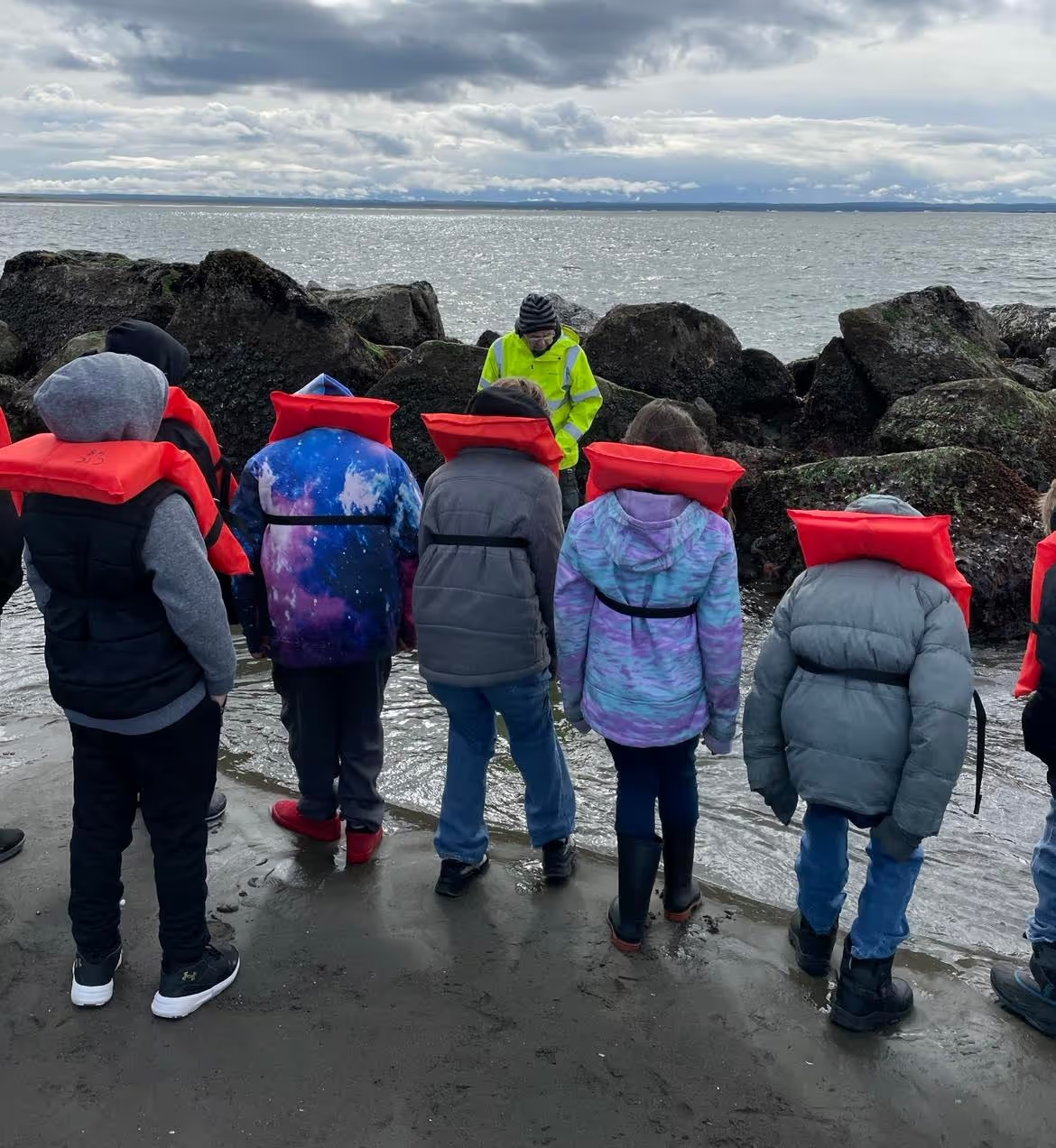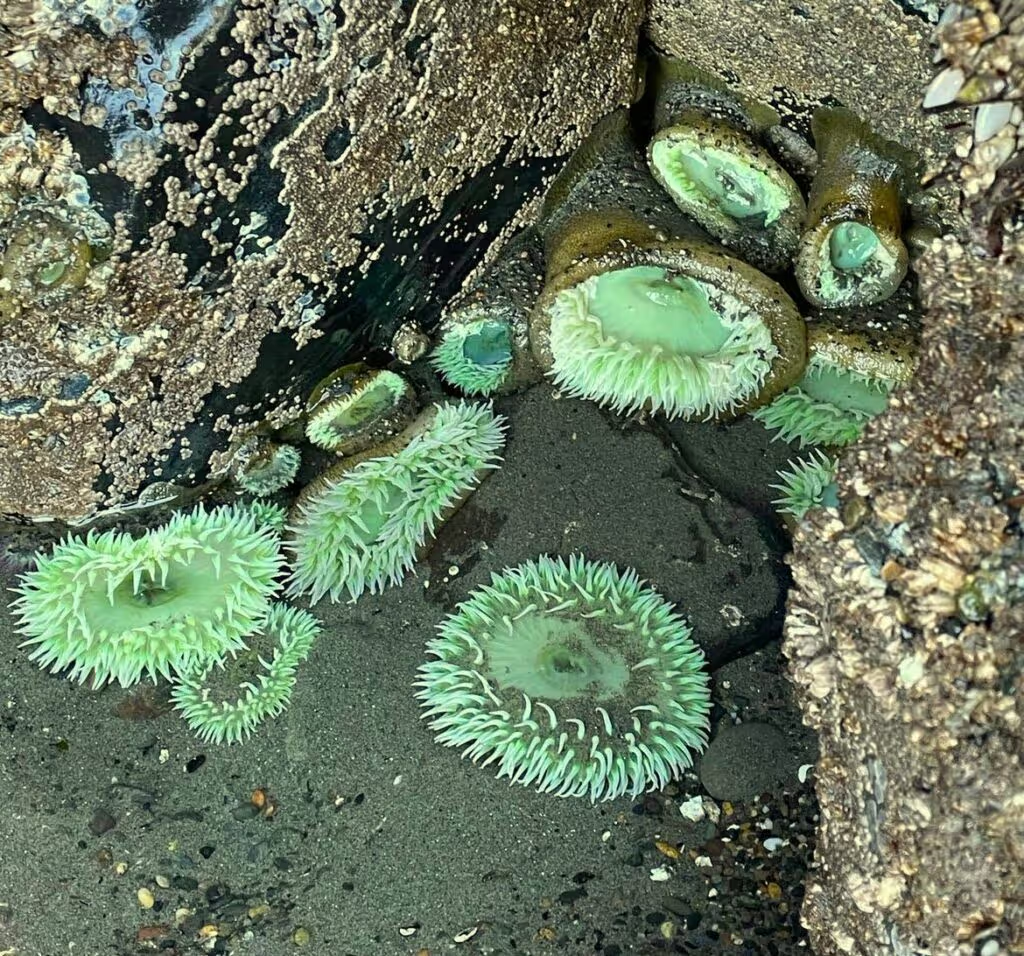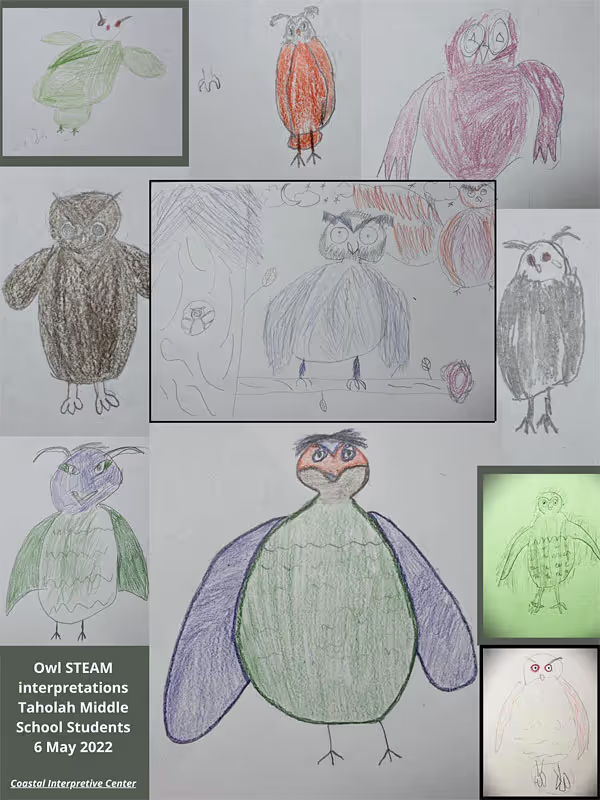Full STEAM Ahead! The Art of Science


The Coastal Interpretive Center is a natural history museum whose mission is to educate the public on the natural and cultural history of Washington’s Pacific Coast and to inspire the joy and wonder of nature. We do this through exhibits and displays, informal STEAM education programs, and outreach.
STEAM. So why focus on STEAM education and what does STEAM mean? Well, it is an acronym standing for science, technology, engineering, art, and mathematics. Many schools and educators use the STEM acronym without including art, but art is an essential element as you will see. In general, STEM is used in different ways by state and federal standards when developing standards and may relate to any one of the four disciplines. But it is not only an acronym of convenience. When the disciplines are taught together, they lead to greater knowledge acquisition, deeper understanding, and more long-term retention of the subject matter. Museums like the Coastal Interpretive Center and other institutions of informal education emphasize STEM learning through hands-on, outdoor experiences or museum tours and activities. Given the diversity of experiences informal education provides, they have ample opportunity to integrate experiences across STEM disciplines.

Tidal pool activities. For example, the Coastal Interpretive Center may design tours of the tidal pools at Damon Point in Ocean Shores focusing on the engineered jetty and the geology of the jetty rocks that form the tidal pools (engineering and science), engage participants in studying the biodiversity in the pools by counting the number of different species they observe (science and mathematics), and measure the size of the pools and retrieve information on the timing and size of tides (technology and mathematics). Each group of participants is made up of a diversity of ages and backgrounds, but variations of this example may be created to fit the needs of each group.

Art. So where does the art come into this type of informal education event? Art is used to integrate the other four disciplines through reflection and creation. Art covers everything from prose, poetry, and journaling to drawing, painting, and sculpture. We can even include dancing and acting. Integrating art into STEAM programs is fun. In the example given above, art integration may include sculptures of found objects, drawings of participant expectations prior to the event and learning after the event, and haiku.
An anemone
Waves tentacles in water
Closes them in air
The objective of the art element is to have participants use what they learned in the other four disciplines for the day’s activities into the art project. At the Coastal Interpretive Center, we readily incorporate art as part of a tour and activity. The main point is to integrate with a purpose. That purpose is to elevate fun and engaging activities programs that enhance learning and retention.

The joy of STEAM learning. A great example of integrated STEAM informal education is the Audubon Society’s Bird Flight Patterns and Music curriculum. This program had participants write music based on flight patterns, employ principles of the engineering and science of flight, and count out beats as a way to integrate math. Participants could even dance through a starling murmuration pattern. The Coastal Interpretive Center has staff with expertise in creating integrated STEAM learning and the pedagogy (theory and practice of learning) of informal education. Integration requires explicit communication of why science, technology, engineering, and mathematics are important, information communicated through art. Our educators are being trained on the methods of STEAM integration including the use of dance to illustrate local migratory bird behavior, use of written and spoken word to express learning while discovering coastal forest ecosystems, and how to lead participants in drawing, painting, or creating found-object sculptures of our fresh waterway and coastal habitats. Ultimately, we are only limited by the extent of our creativity in providing joy-filled STEAM programs!
References
Audubon Society. 2021. https://www.audubon.org/magazine/spring-2021/how-flights-birds-inspired-unique-elementary (last accessed March 7, 2022)
Kelley, T.R., Knowles, J.G. A conceptual framework for integrated STEM education. IJ STEM Ed 3, 11 (2016). https://doi.org/10.1186/s40594-016-0046-z
© Barbara Hayford, March 2023
Touch whale bones, examine shipwreck artifacts and connect with the coast's living history.

Support our mission, get involved in educational programs, or contribute through donations and volunteering.